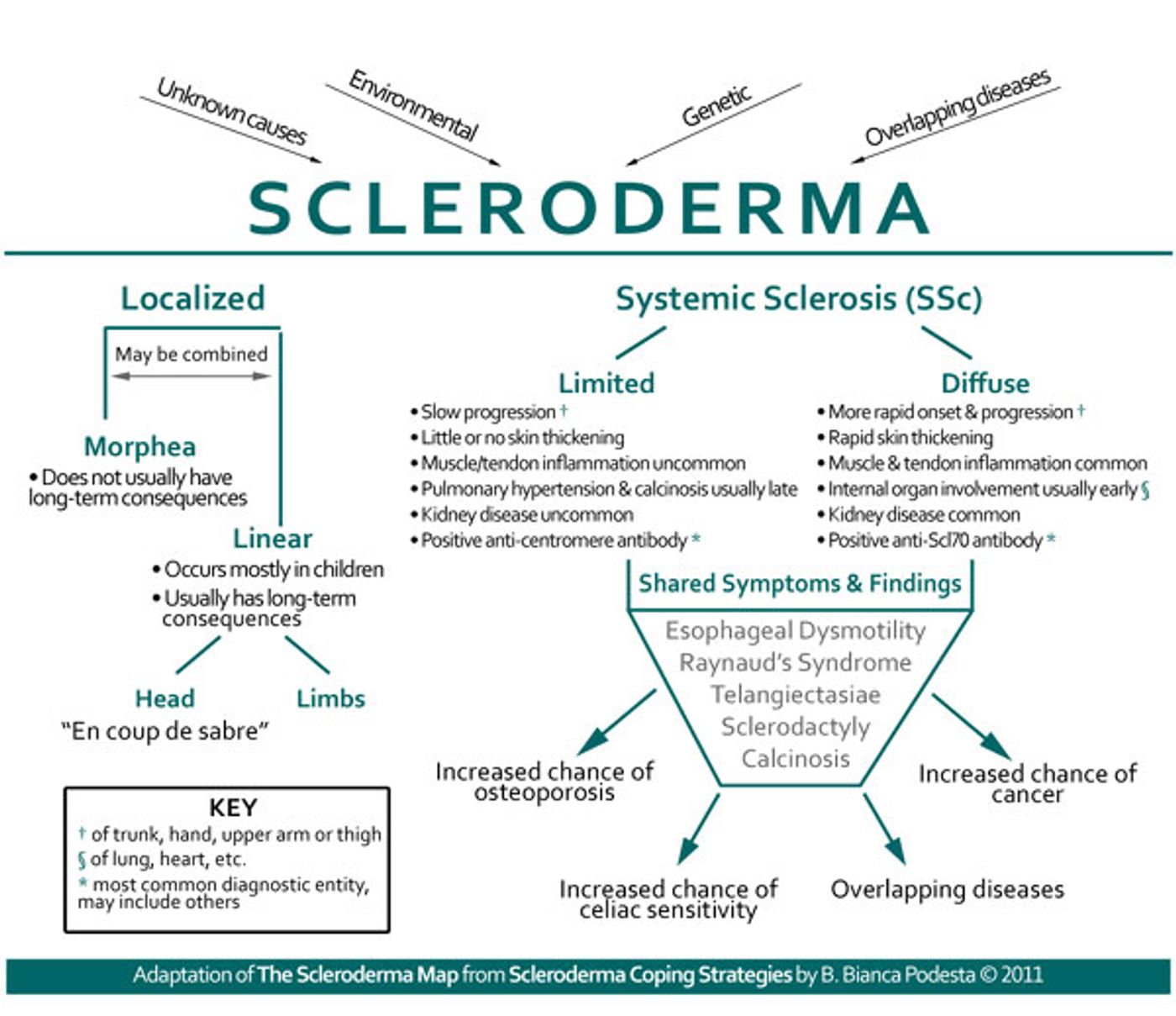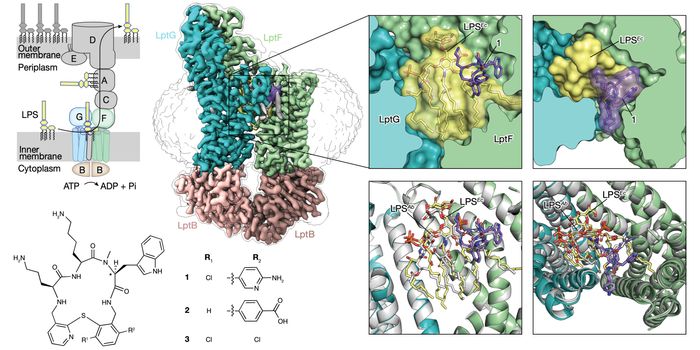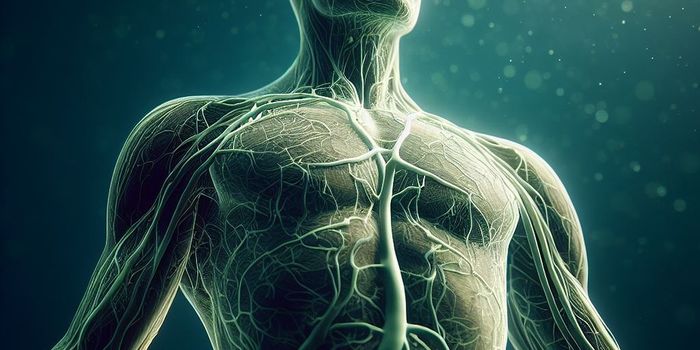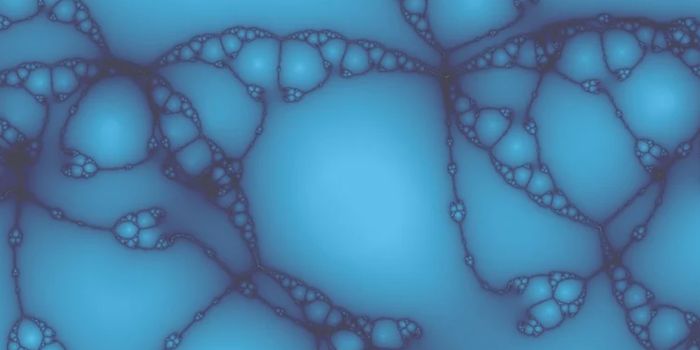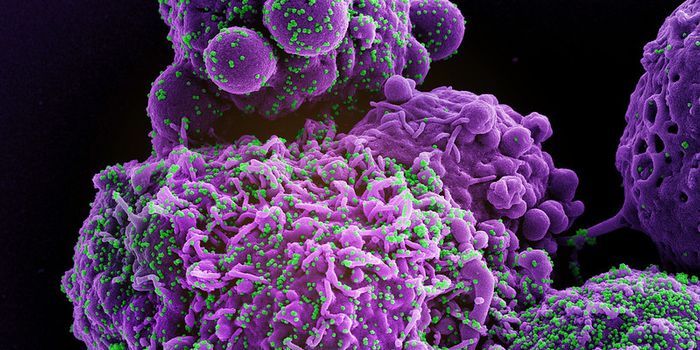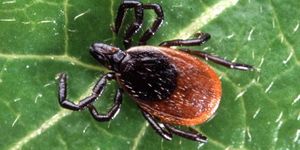Scientists are not quite sure why or how individuals develop scleroderma, and there is no current cure for the autoimmune disease. Stem cells may be the answer, at least for a better treatment option. From the Hospital for Special Surgery in New York, researchers found a way to enhance stem cells to treat scleroderma.
Although characterized by fibrosis of the skin, scleroderma can also affect the blood vessels, lungs, and other internal organs, and the disease is definitely not contagious, infectious, or cancerous. The Scleroderma Foundation estimates that over 300,000 Americans have the disease. There is no existing cure for scleroderma, and treatment options are limited. However, doctors do the best they can to treat individual symptoms on a case-by-case diagnosis.
Enter the new study. Looking at why fibrosis occurs in cases of scleroderma, lead study author Theresa T. Lu, MD, PhD, and her team found a dwindling population of stem cells called adipose-derived stromal cells (ADSCs) under the layer of the skin containing fat. With the ADSC deficiency being a potential cause of skin fibrosis in individuals with scleroderma, Lu and her team investigated further.
For the ADSCs that do survive beneath the fat layer of skin, they have dendritic cells to thank. These are antigen-presenting cells of the immune system that release a compound called lymphotoxin B to promote ADSC survival.
In Lu’s study, researchers administered antibodies stimulating lymphotoxin B receptor along with ADSCs, and this treatment led to the successful replenishment of the ADSC population, increased ADSC survival, and the potential to reverse scleroderma fibrosis.
“The possibility of stimulating the lymphotoxin B pathway to increase the survival of these stem cells is very exciting," Lu said. "By uncovering these mechanisms and targeting them with treatments, perhaps one day we can better treat the disease."
The very same strategy could be also used to treat other conditions: autoimmune diseases like lupus and rheumatoid arthritis as well as bone and cartilage repair. Lu and her team plan on continuing their work with ADSCs in the future, looking for all possible treatment applications. The current study was recently published in the
Journal of Clinical Investigation.
Sources:
Hospital for Special Surgery,
Scleroderma Foundation
